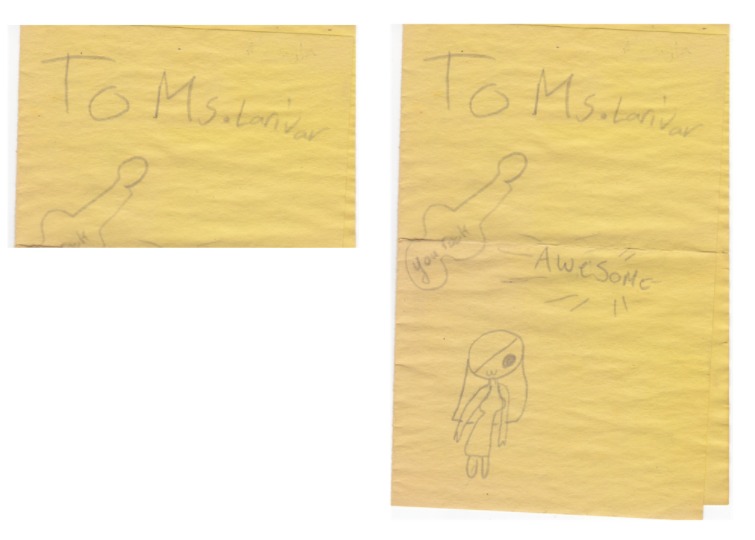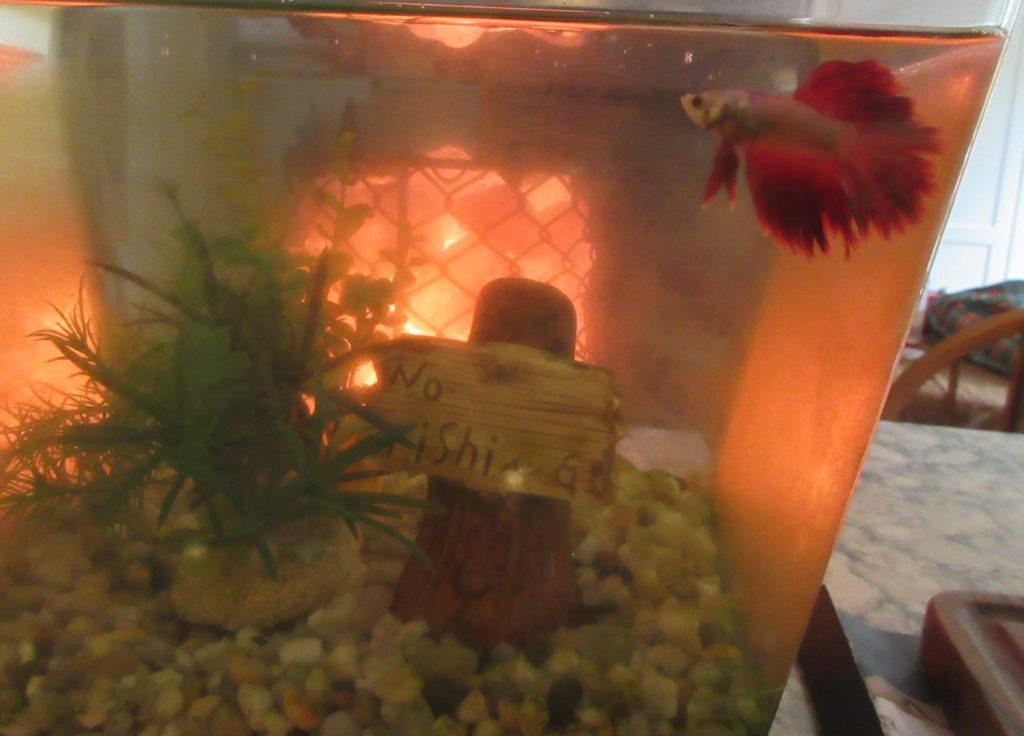There’s not a lot I don’t enjoy about teaching fourth-graders. While becoming certified to teach, I picked grades four through eight because that is the age when kids begin to discover who they really are. They learn what they’re really good at, talents bloom, personalities unfold. Year in and year out, it’s exciting to be a part of it.
There’s only one thing about them that makes me cringe. OK, two things, and here is the first–basically, they begin every sentence with the word “basically.”
“How was your weekend?” I ask. “Basically…” they begin, and then they launch into a detailed explanation beginning with what they ate for breakfast.
“Wow! There was nothing basic about that account,” I joke. But by then, they’ve forgotten that they said “basically,” and they have no idea what I’m talking about.
Cringe factor #2: Everything is described with the word “literally.”
Unfortunately, there isn’t much hope for the future. Based on my daily interactions with adults, I understand ninety percent of them will never break this habit. But it doesn’t mean I won’t die trying.
Every day I begin instruction with an example of figurative language. We look at an adage, idiom, or allusion, and we break down its meaning. We write descriptively using similes, metaphors, hyperbole, and personification. But try as I might, none of this instruction transcends into their day-to-day speaking.
Trevor, a feisty nine-year-old who’s already breezed through the math curriculum and whose IQ makes mine look like the calorie count on a box of Tic Tacs, is no exception.
“Sidney was just literally running down the hall,” he reported. (Trevor’s line behavior doesn’t leave much to be desired, and he likes to let me know when he’s not alone.)
It was time to hit ‘play’ on the explanation I’ve delivered so many times that it comes out robotically.
“Trevor, if you were to say that sentence without the word ‘literally,’ would there have been any confusion?”
“What do you mean?” he asked.
“Well, if you were to simply say, ‘Sidney was running down the hall,’ would I have wondered if you were speaking figuratively?”
“I just meant she was running really fast,” he said.
“Ah….therein lies the confusion,” I explained. “The word ‘literally’ isn’t meant to emphasize. We don’t use it to add a punch to our description, and it’s not interchangeable with ‘Like seriously, I really, really mean it.’ We use it when someone might otherwise assume we’re speaking figuratively.
“For instance, let’s say Sidney was running really fast down the hallway, and you wanted to describe it. You might say something like, ‘Sidney was flying down the hallway!’ There would be no confusion on my part, because Sidney doesn’t have wings, and I would understand that you were speaking hyperbolically.
“Now, let’s say Sidney was zooming down the hallway on a flying saucer, and you wanted to alert me to that. You might then say, ‘Sidney is literally flying down the hallway!’ Then I’d understand that you are not speaking figuratively–that Sidney is indeed airborne…literally. ‘Literally’ means it happened just as it sounded, and ‘figuratively’ means you have to think outside the literal words. Do you understand the difference between ‘literally’ and ‘figuratively’?”
“I understand you literally just said ‘literally’ a half dozen times,” Trevor said.
Nailed it. Figuratively speaking, of course.


